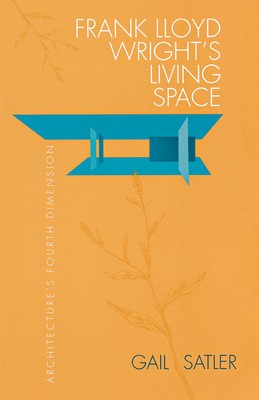
- We will send in 10–14 business days.
- Author: Gail Satler
- Publisher: Northern Illinois University Press
- ISBN-10: 0875805868
- ISBN-13: 9780875805863
- Format: 14.1 x 21.6 x 1.4 cm, softcover
- Language: English
- SAVE -10% with code: EXTRA
Reviews
Description
This sociological analysis of Wright's architecture examines the interaction between people and the spaces they create. Satler shows how Wright explored a new architectural dimension, the space in which we live. Focusing on the Larkin Building (1904) and Unity Temple (1907), works that Wright considered important but that have received little attention, Satler delineates the social nature of space. She provides an analytic framework through which to understand Wright's buildings and his writings, revealing how the history of such works and cultural landscapes offer a basis for making social, political, and spatial choices about the future. Wright's specific architectural works provide a framework for constructing social histories of places and people because his designs represent a natural way to build and to live within a larger social landscape. This original study will appeal to sociologists, architects, urban and architectural historians, urban planners and anthropologists, and those interested in the work of Frank Lloyd Wright.
EXTRA 10 % discount with code: EXTRA
The promotion ends in 19d.18:17:01
The discount code is valid when purchasing from 10 €. Discounts do not stack.
- Author: Gail Satler
- Publisher: Northern Illinois University Press
- ISBN-10: 0875805868
- ISBN-13: 9780875805863
- Format: 14.1 x 21.6 x 1.4 cm, softcover
- Language: English English
This sociological analysis of Wright's architecture examines the interaction between people and the spaces they create. Satler shows how Wright explored a new architectural dimension, the space in which we live. Focusing on the Larkin Building (1904) and Unity Temple (1907), works that Wright considered important but that have received little attention, Satler delineates the social nature of space. She provides an analytic framework through which to understand Wright's buildings and his writings, revealing how the history of such works and cultural landscapes offer a basis for making social, political, and spatial choices about the future. Wright's specific architectural works provide a framework for constructing social histories of places and people because his designs represent a natural way to build and to live within a larger social landscape. This original study will appeal to sociologists, architects, urban and architectural historians, urban planners and anthropologists, and those interested in the work of Frank Lloyd Wright.


Reviews